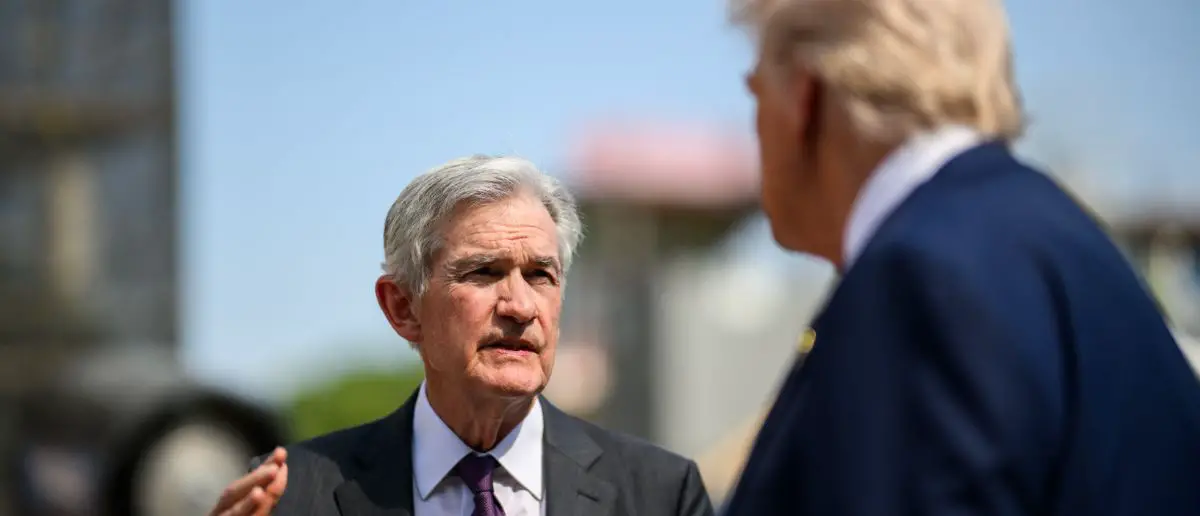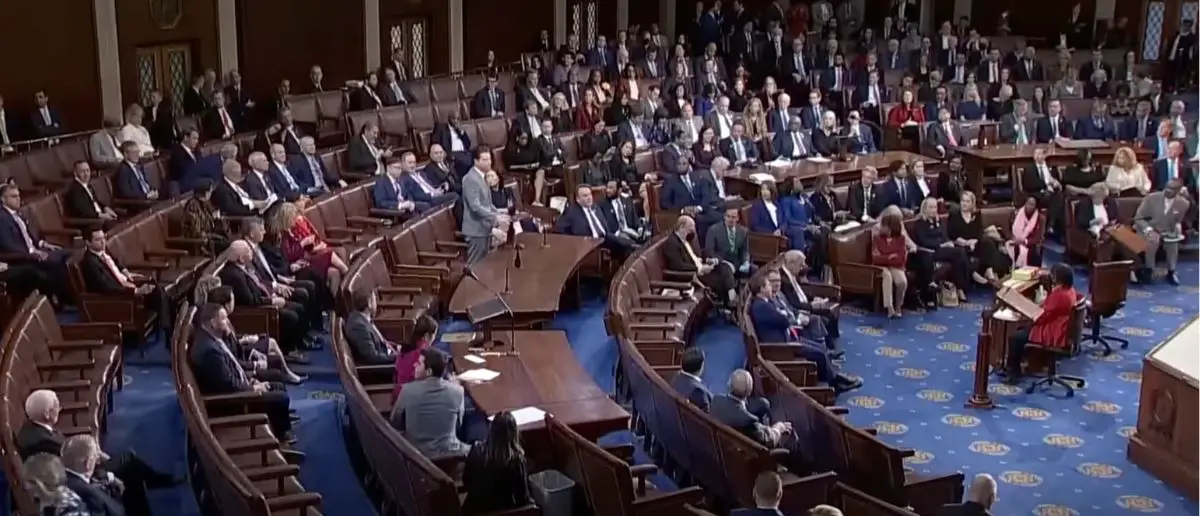
Donald Trump has been waiting for this. It’s only the start of what could be a big boost to his presidency.
And the Federal Reserve handed Trump a gift that has him grinning ear to ear.
The Federal Reserve just dropped its key interest rate by another quarter-point, marking the second cut this year. Now, the benchmark sits between 3.75% and 4%, a level we haven’t seen in three years.
“Available indicators suggest that economic activity has been expanding at a moderate pace. Job gains have slowed this year, and the unemployment rate has edged up but remained low through August; more recent indicators are consistent with these developments. Inflation has moved up since earlier in the year and remains somewhat elevated,” the Fed stated.
Central bankers are scrambling to bolster the labor force after months of job numbers that slowed. Workers across the country feel the pinch, with fewer opportunities and wages that can’t keep up. This rate reduction aims to ease borrowing for families and businesses, but many question if it’s enough to turn things around.
Investors saw this coming from a mile away, but the timing couldn’t be worse. A dragged-out government shutdown has thrown a wrench into everything, holding back crucial economic reports.
This latest slash follows the one in September, pushing rates to their lowest point since before the pandemic chaos. On top of that, the Fed decided to stop shedding Treasury securities from its massive $6.6 trillion balance sheet. No more shrinking those government debt holdings – a clear sign they’re worried about liquidity drying up.
Federal officials are walking a tightrope, torn between stubborn inflation around three percent and an economy that’s clearly sputtering.
Some inside the Fed push back against more cuts, insisting prices are still too high for comfort. Others warn that without bolder action, we could slide into a full-blown slowdown.
The data blackout from the shutdown has only deepened the rifts among officials. They’re leaning on skimpy private polls and old patterns to gauge where things stand, leaving room for major missteps that could hit Main Street hardest.
All eyes are now on the December meeting, where the Fed will weigh whether to keep easing or hit the brakes. Much hinges on whether the government gets its act together and releases those delayed reports in time to paint a real picture of the nation’s financial health.
Not everyone at the Fed was on board with this quarter-point trim. Kansas City Fed President Jeffrey Schmid flat-out opposed the cut.
Fed Governor Stephen Miran also dissented because he wanted a bigger half-point slash to jolt the system.
For hardworking folks, these rate games mean lower costs on loans and mortgages, potentially putting more money back in pockets. But skeptics argue the Fed’s endless tinkering just props up Wall Street while ignoring the real pain of inflation eating away at savings.
The government shutdown exacerbates the mess, starving the Fed of vital stats that could guide smarter choices. Politicians in Washington bicker while the economy hangs in the balance, proving once again how out-of-touch elites bungle things for the rest of us.
As rates dip, small businesses might breathe easier with cheaper credit, sparking some hiring. Yet with job growth grinding to a halt, it’s unclear if this will stem the tide of layoffs hitting factories and services alike.
Inflation’s stubborn grip remains a thorn, refusing to budge much below three percent despite the Fed’s efforts.
In the end, this rate cut might buy time, but it exposes the Fed’s limits in fixing deeper issues like trade woes and regulatory burdens.
Americans deserve policies that unleash growth from the ground up, not top-down tweaks from unelected bureaucrats.





